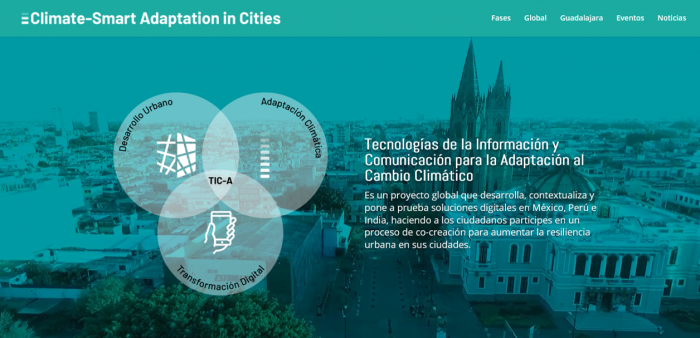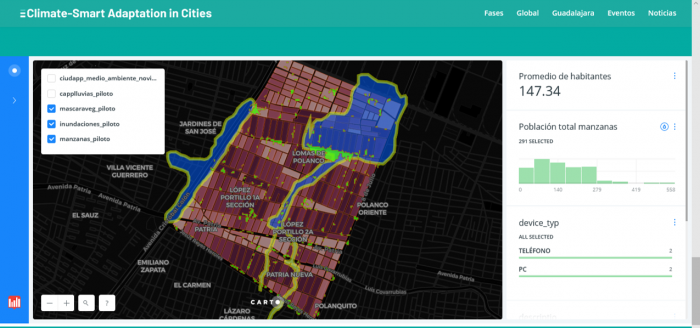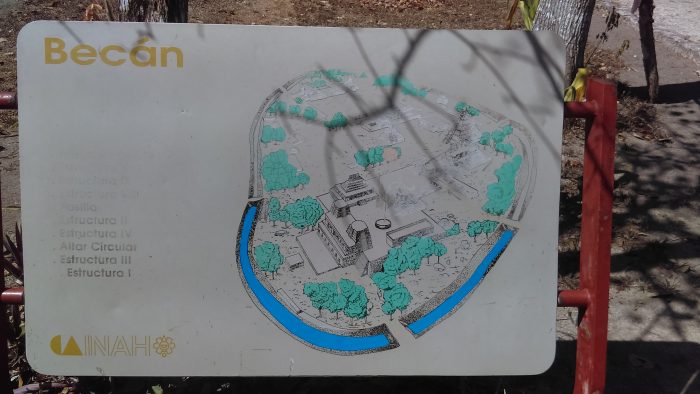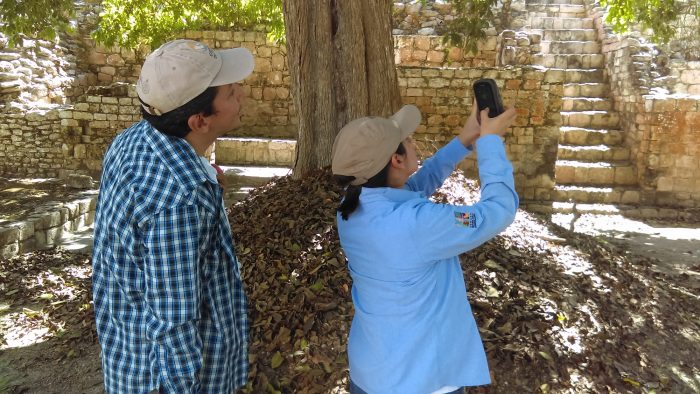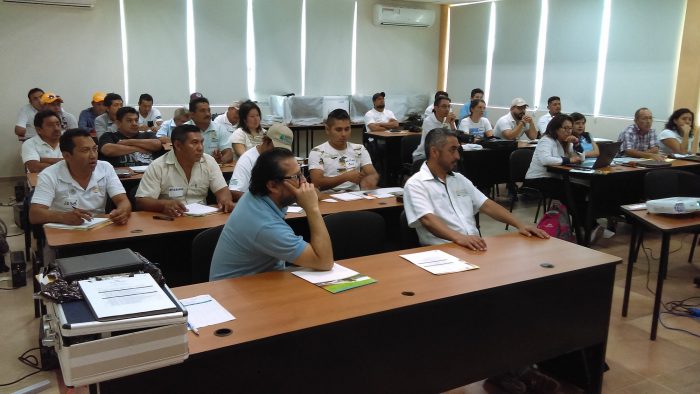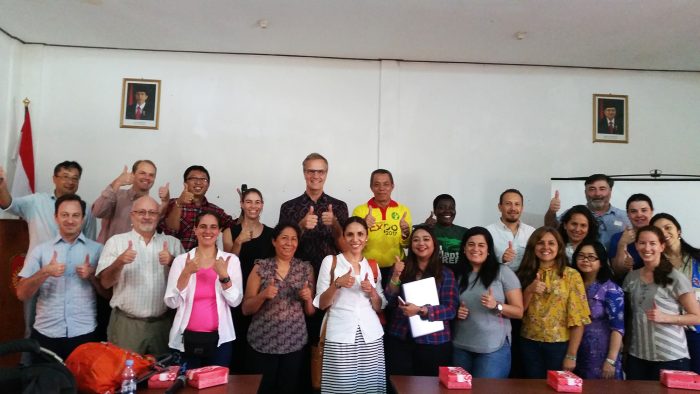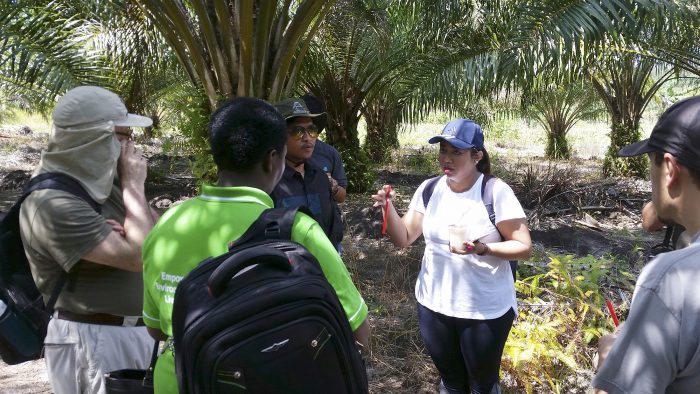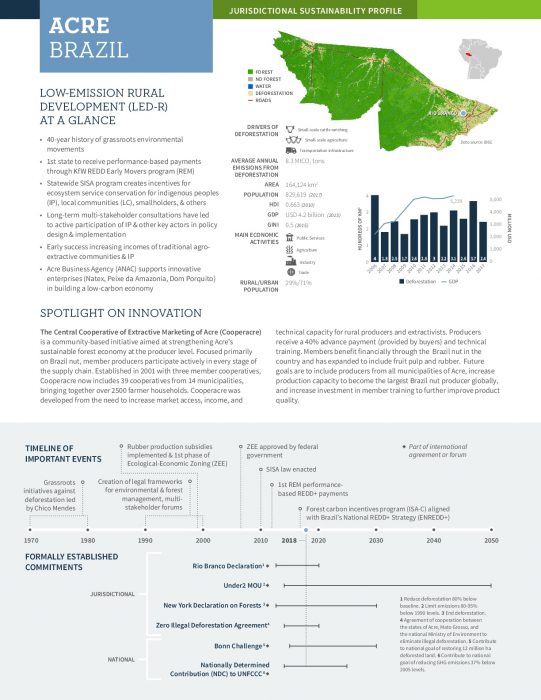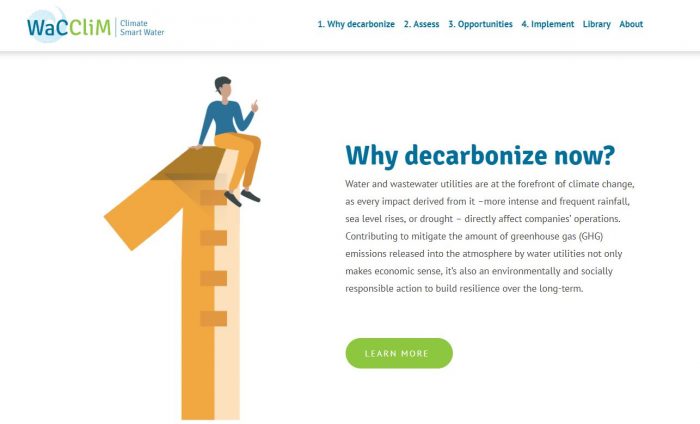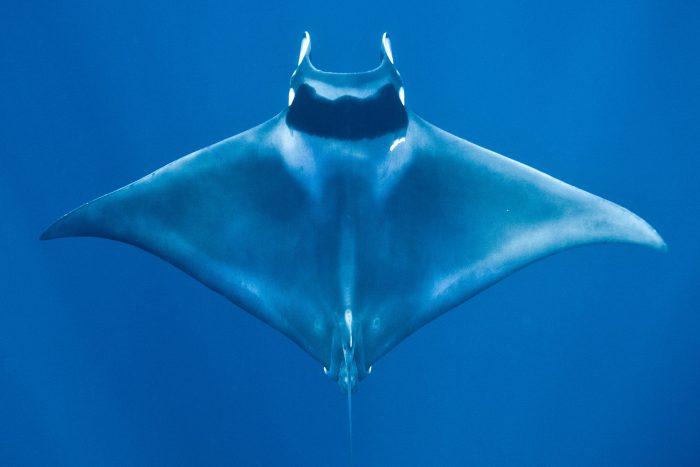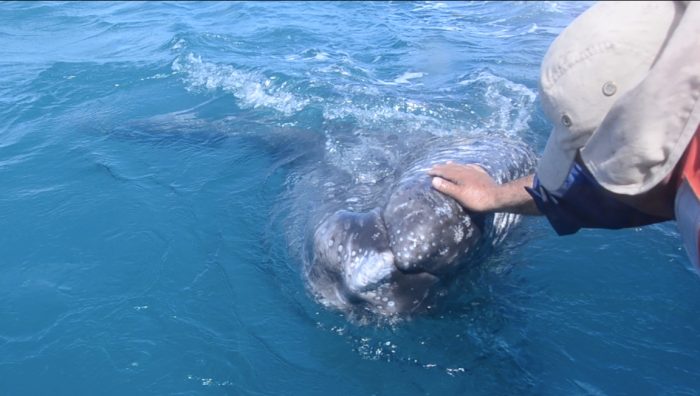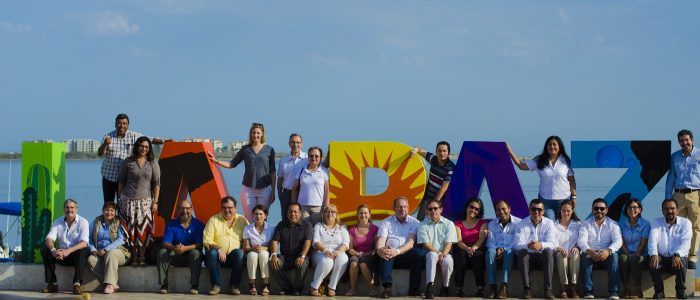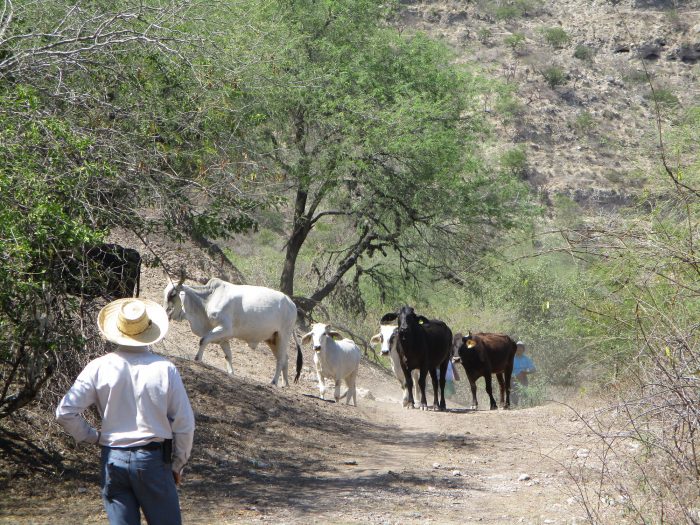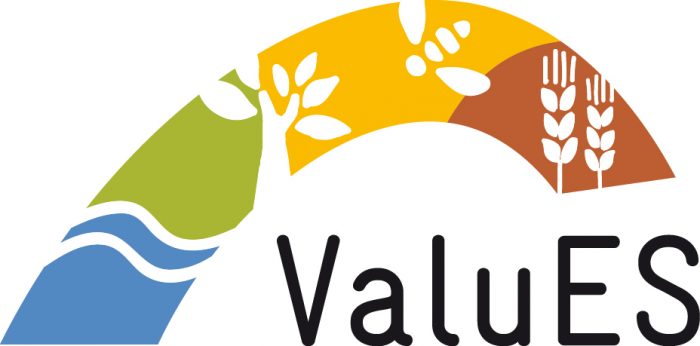BioPaSOS Project of CATIE and the Financial Institution El Buen Socio offered the workshop Financial Design and Evaluation of the organization to support development in sustainable livestock
On May 17, took place the first workshop on design and financial evaluation with livestock producers of the basin El Tablón in Chiapas, Mexico. The workshop’s objective was to identify needs and productive gaps according to market opinions and support livestock breeders in making business decisions.
At the workshop participated producers of common lands in Los Angeles and Ricardo Flores Magón, who besides the livestock activity, produce and commercialize different kinds of cheese that are friendly with the environment.
As part of the workshop practices, producers analyzed primary production costs and built data charts with information that will be key for making decisions in production systems.
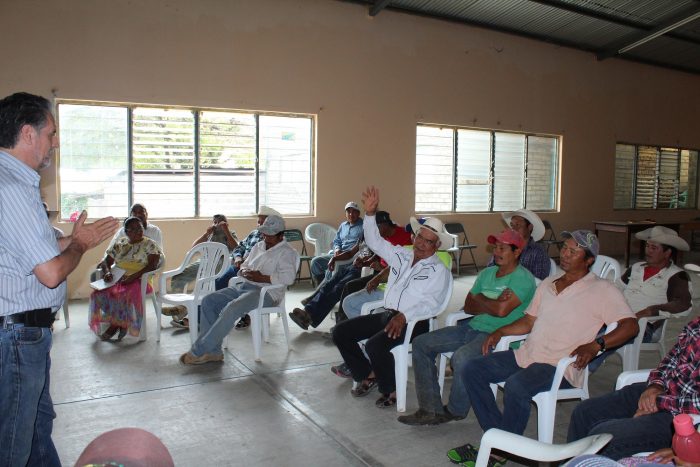
The workshop’s facilitators, Alonso López and Eduardo Molina from BioPaSOS, Eduardo Ibarra from El Buen Socio and La Sepultura Biosphere Reserve (REBISE, its Spanish acronym), said that the knowledge acquired will work for producers and their families to better comprehend the financial architecture of the business and determine rent ability of their economic activity.
Producers now count on tools to identify business opportunities and improvements or strategies to reduce production costs, contribute to biodiversity conservation and obtain greater profits.
Link of the article:
This article is from the Tropical Agricultural Research and Higher Education Center (CATIE). The content of this article is the sole responsibility of the author.


